Does anyone know why the 'Average response time' metric in Azure monitor doesn't always match up to the Application Insights response time?
It it because of sampling?
For example, here's some stats i pulled from my Azure App Service:

..and the corresponding stats in AppInsights:

So the bumps are there.. but the difference is huge.
Is there a difference? If so, what are they? I haven't been able to find documentation anywhere.
Thanks.